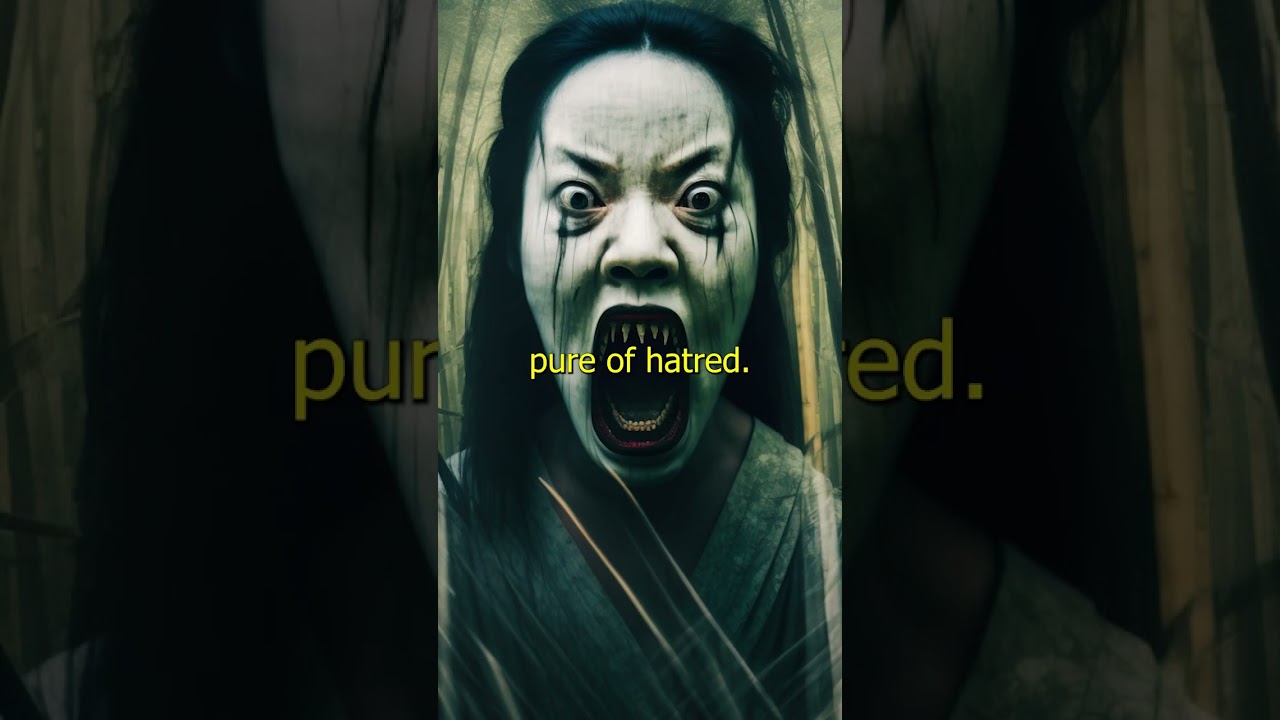
when Horror Yearbook – The Curse of Phi Tai Hong runs deep in Thai folklore, instilling fear in villages, cities, and spiritual practices across the country. These spirits are believed to be the ghosts of people who died suddenly, violently, or tragically—often without the chance for proper rituals or goodbyes. In Thai belief, such deaths leave the soul restless, angry, and powerful. Phi Tai Hong is not just a ghost—it is a warning, a presence, and for some, a real source of fear.
Phi Tai Hong (ผีตายโหง) translates loosely to “ghosts of violent death.” These spirits emerge from sudden and unnatural deaths—such as accidents, suicides, murders, drownings, or disasters. Unlike other spirits who pass peacefully, Phi Tai Hong carry with them the pain, anger, and confusion of their final moments.
In many Thai communities, people believe these ghosts are stronger and more dangerous than other spirits. They are thought to linger in the place of their death, haunting the area and causing illness, misfortune, or even death to others.
“Read about: The Mysterious Tale of Nang Tani: The Green Lady Ghost”
Phi Tai Hong is feared because their energy is uncontrolled and emotionally charged. The lack of traditional funeral rites is believed to trap their spirits between worlds. Many Thai people believe that if the spirit isn’t properly honored, it becomes vengeful and destructive.
One key belief is that people who die without saying final words, or who don’t receive a proper cremation, can’t rest. These unspoken goodbyes or unfinished business keep the spirit bound to earth. They become desperate to communicate—or take revenge.
Stories of Phi Tai Hong sightings are common in Thai media and folklore. People report seeing pale figures, hearing screams, or feeling sudden illness in locations where violent deaths occurred. Abandoned roads, accident-prone intersections, or drowned victims’ sites are often marked with shrines to appease the spirits.
Some taxi drivers in Bangkok have told tales of picking up passengers who vanish mid-ride—later discovered to be victims of deadly accidents. Others avoid certain areas at night, believing Phi Tai Hong might follow them home.
Not all Phi Tai Hong are the same. There are different “subtypes” of these spirits, depending on how they died. For example:
Each of these has unique rituals associated with them. Monks may chant special prayers to release these spirits from their suffering, or families may build spirit houses near the death site.
“Read more: Living the Workaholic Life: How to Thrive Without Burning Out”
To prevent a spirit from becoming Phi Tai Hong, or to calm one, families and monks perform specific ceremonies. These may include:
Over the years, Phi Tai Hong has inspired many Thai horror films, dramas, and novels. The idea of a restless spirit seeking justice resonates deeply in Thai storytelling. Ghost movies like Shutter, Pee Mak, or The Promise draw from real urban legends tied to these vengeful ghosts.
While often exaggerated for entertainment, these portrayals reflect real beliefs and superstitions. Many viewers see these films not just as horror, but as moral lessons: respect the dead, live with compassion, and avoid violence.
Even with modern technology and science, belief in Phi Tai Hong remains widespread. People may laugh off ghost stories in the daylight but still whisper prayers when passing a haunted spot at night. Taxi drivers, soldiers, farmers, and students alike share a cultural understanding of the spiritual world—and the price of sudden death.
Phi Tai Hong reminds Thai people of the importance of ritual, family, and spiritual balance. It warns against neglecting tradition and encourages respect for those who passed too soon.